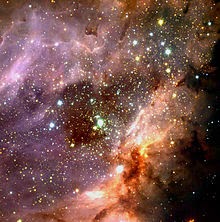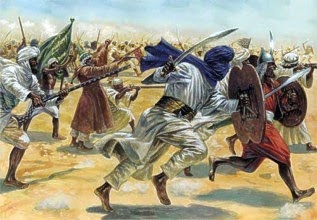Disease, not crime by Shanza Faiq
MY VIEWS: This opinion article saw my attention lately while surfing DAwn news website...... this added to my curiosity that how the editor expressed her views on the matter of suicide being a crime or disease. dealing all in all relevant quarters, shattering the barrier of what is called a rationalist approach this article focuses on the depression, suicide, mental health care and initiatives taken to comprehend this issue.


.jpg)






Comments
Post a Comment